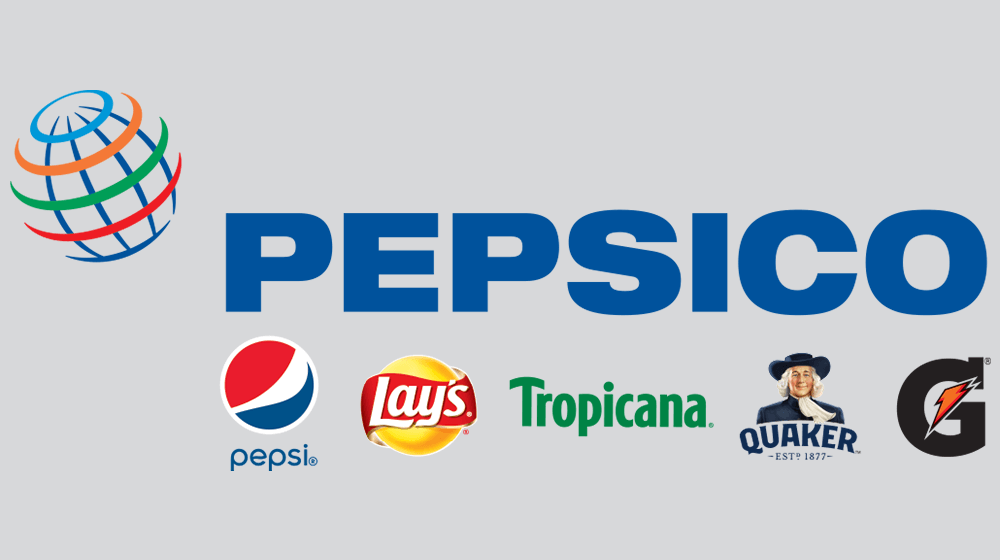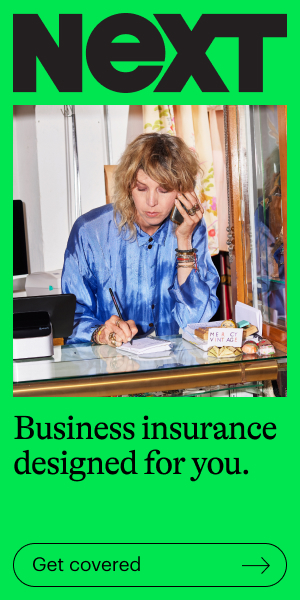Concentrating on the channel helped America’s biggest grocery chain develop a three-pronged playbook that’s kept it reactive to ongoing volatility, executives said throughout Marketing Week.
Kroger, the 136-year-old grocery giant, greatly depended on social listening to perform an effective marketing technique as the coronavirus pandemic began to shut down the country earlier this year, executives stated throughout a live-streamed Advertising Week session Tuesday.
Unlike other retail classifications, grocery has reaped rewards from the health crisis, as consumers stock up on food and prepare more in the house. That’s not to state that marketing around a pandemic has been easy, and much better keying into customer belief was an important method for Kroger to guarantee that needs were being satisfied in genuine time and with an eye toward a level of sensitivity.
“A lot of individuals were back in the kitchen area and cooking again, whether they wanted to exist or not,” Emily Hartmann, Kroger’s director of brand building, said during the panel. “Things like restaurant closures and so on certainly benefited us to some degree.”
Working carefully with agency partner 360i, the biggest grocery chain in the U.S. analyzed online discussions on an everyday basis to assemble a three-pronged marketing playbook– a resource that grew necessary as regular studio production halted due to the virus. Kroger’s concentrate on the three pillars of instructional material, customer support and uplifting messaging nearly tripled engagement compared to normal marketing messaging, executives stated. The groundwork laid in the crisis’ early days also let the brand continue to be reactive to brand-new developments, including a protest movement that gained steam in the spring.
“The spotlight put on the cultural unrest and the Black Lives Matter motion required our hand to do more here, quite frankly, and we’re extremely happy that it did,” Hartmann said. “The team did a really good task of quickly recognizing and elevating Black creators.”
A bumpy year
While grocers have generally been painted as getting a pandemic windfall, Kroger executives said the scenario at first showed more pricey than routine operations. Despite investing millions in digital innovation throughout the years, consisting of forward-looking bets like self-driving shipment robotics, Kroger was caught off guard by the pandemic and at first, struggled to keep rate with competitors in the shift to online shopping, The Wall Street Journal reported last month.
Those disturbances laddered down to marketing too.
“We were changing production dollars because we were simply doing things faster,” Hartmann said. “We were likewise spending more due to the fact that we weren’t turning things off– we were in fact trying to get more messages out there and in a more efficient method.”
In order to get things running at a smoother clip, Kroger and 360i coordinated closely on social listening analyses. Executives from both groups noted that such reporting is essential even during a typical year, however has leaped to the top of the program given the fast lane of news and the larger spotlight on social media as a motorist of engagement during the pandemic.
“It was the quickest way to get feedback from our customers and consumers, in basic, on what was going on in sort of the macro [sense],” Hartmann said of Kroger’s social listening. “Some of the things you were reading, you might actually [do something about it] on it far more [effectively]”

Having an ear to the ground online-enabled Kroger to key into consumer needs that developed around the health crisis, including asking for information on safety guidelines and modifications to save operations. When individuals started asking for earlier shopping hours for senior residents, Kroger was able to execute the policy within a few weeks, stated Kristin Maverick, 360i’s vice president of social and influencer marketing. Likewise, as swells of customer empathy rose for frontline works, Kroger was able to rapidly deploy messaging centered on its employees, especially shop partners.
“Our normal constituents being the customer, that aperture opened a little bit broader due to the fact that we had to address the call with our associates also,” Hartmann stated. “We have got half a million partners in the country and they are really rapidly ending up being part of that frontline labor force. Being able to listen to what they’re discussing on social also and answer them was critical.”
Looking forward
In terms of how its advertising progressed, Kroger has needed to depend more on tools like animation and repurposed B-roll to maintain a routine output. Dipping into historic video footage helped put together the how-to guides and dishes that Kroger has depended on to provide homebound consumers ideas about how to occupy their time.
“What we figured out is, we’re not going to be valuable about the innovative possessions, always. We will be precious about the message,” Hartmann said. “As long that felt right, we were excellent to go and it permitted us to move a lot quicker.”
Returning again to social, the brand name has likewise dug deeper into its network of influencer partners, called the Kroger Collective, to not go dark online.
“A lot of brands remained in a difficult spot because you can’t shoot content anymore. [Kroger] leaned into influencers to assist fill a great deal of those content gaps, when we perhaps needed a little bit of additional time,” Radical said.
Though Kroger’s technique is one born of amazing circumstances, it has its silver linings. Recalibrating towards quick-hit marketing has enabled the chain to develop a well of content that could prove beneficial in the coming vacation season and critical Q4 sales duration, according to Radical.
“Now we have lots of material, too, that we have banked, and [the issue is], ‘how do we share this, because we have a lot?'” Maverick said. “It’s a good place to be in.”















